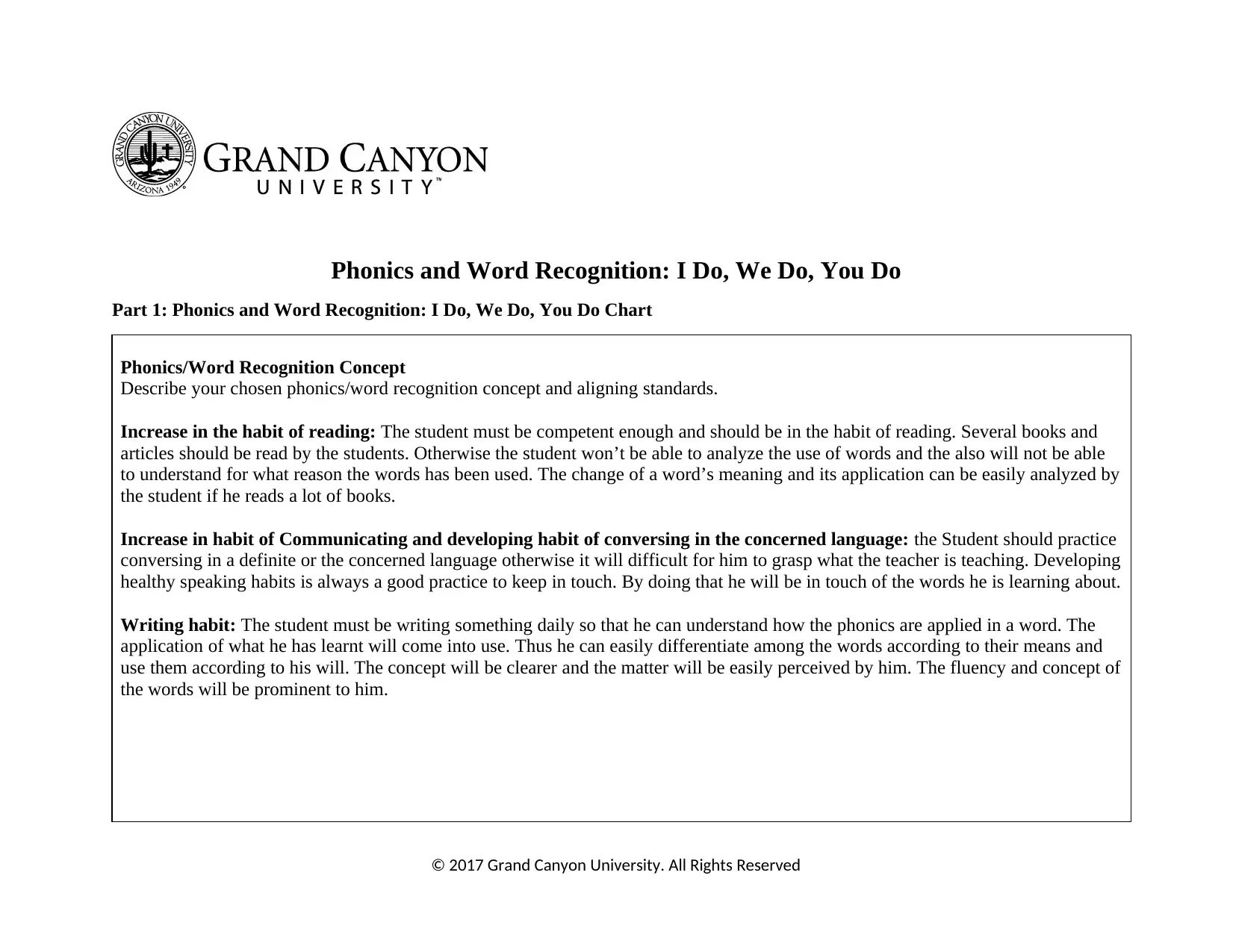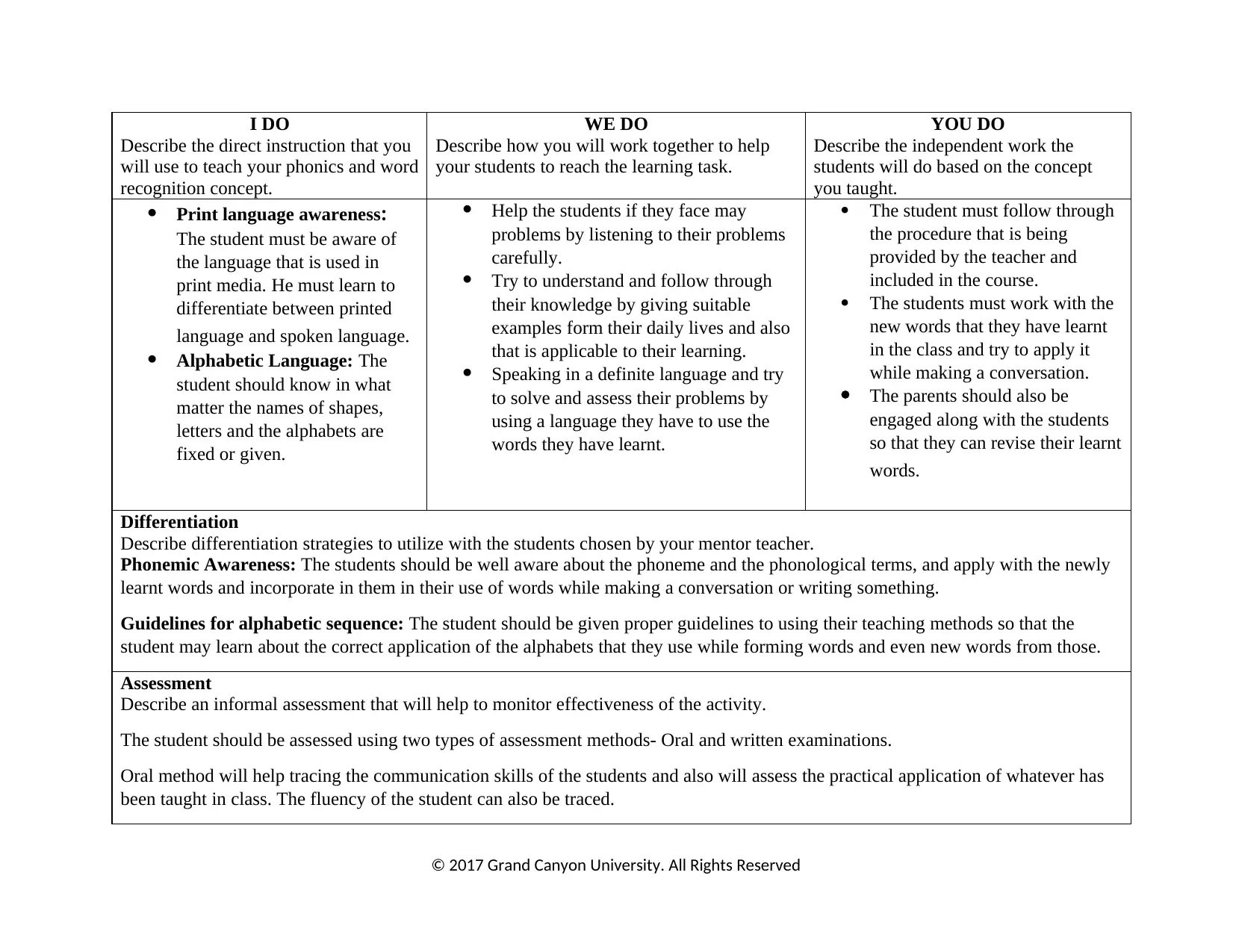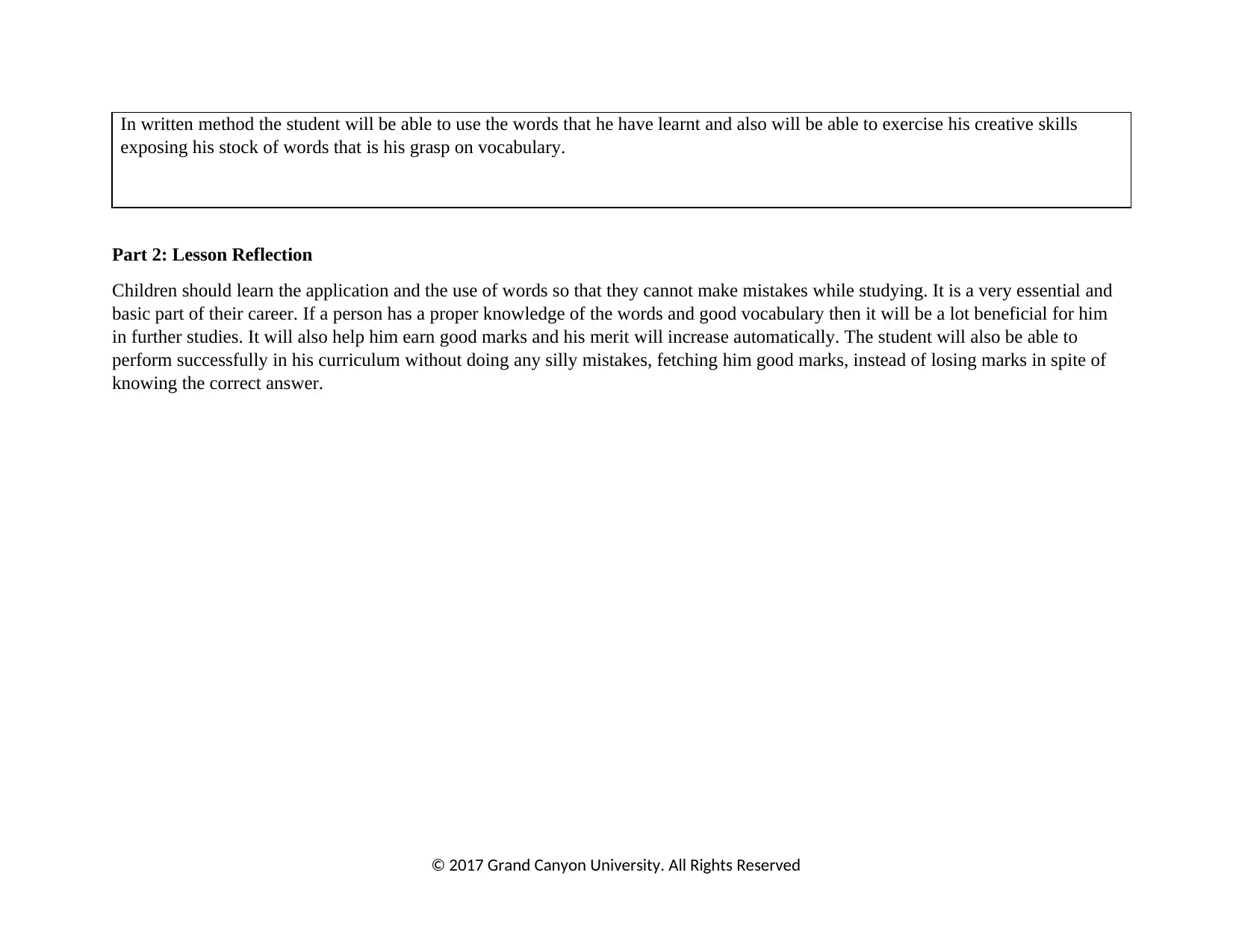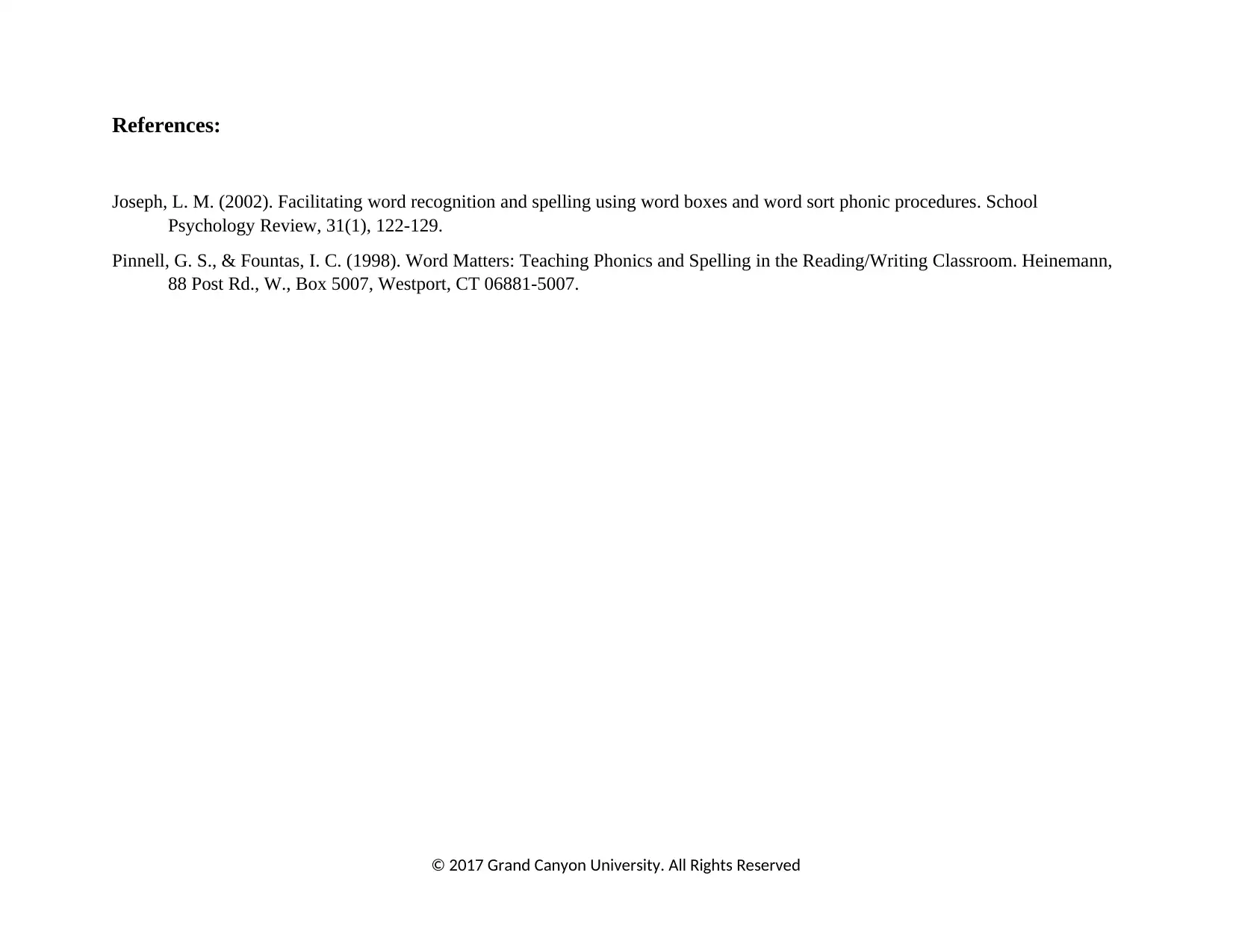K12 Assignment: Phonics and Word Recognition - I Do, We Do, You Do
VerifiedAdded on 2022/11/18
|4
|932
|432
Homework Assignment
AI Summary
This assignment delves into the critical aspects of phonics and word recognition, employing the 'I Do, We Do, You Do' instructional model. It begins by defining the chosen phonics/word recognition concept and aligning it with educational standards, emphasizing the importance of reading, communication, and writing habits for students. The assignment then outlines direct instruction (I Do), collaborative activities (We Do), and independent work (You Do) designed to reinforce the concept. It also addresses print language awareness, the alphabetic principle, and strategies for supporting student learning. Furthermore, the assignment includes differentiation strategies and informal assessment methods to monitor student progress. The second part of the assignment reflects on the lesson's impact, reinforcing the significance of vocabulary and its role in academic success. The assignment also cites relevant research to support the approaches taken.
1 out of 4











![[object Object]](/_next/static/media/star-bottom.7253800d.svg)